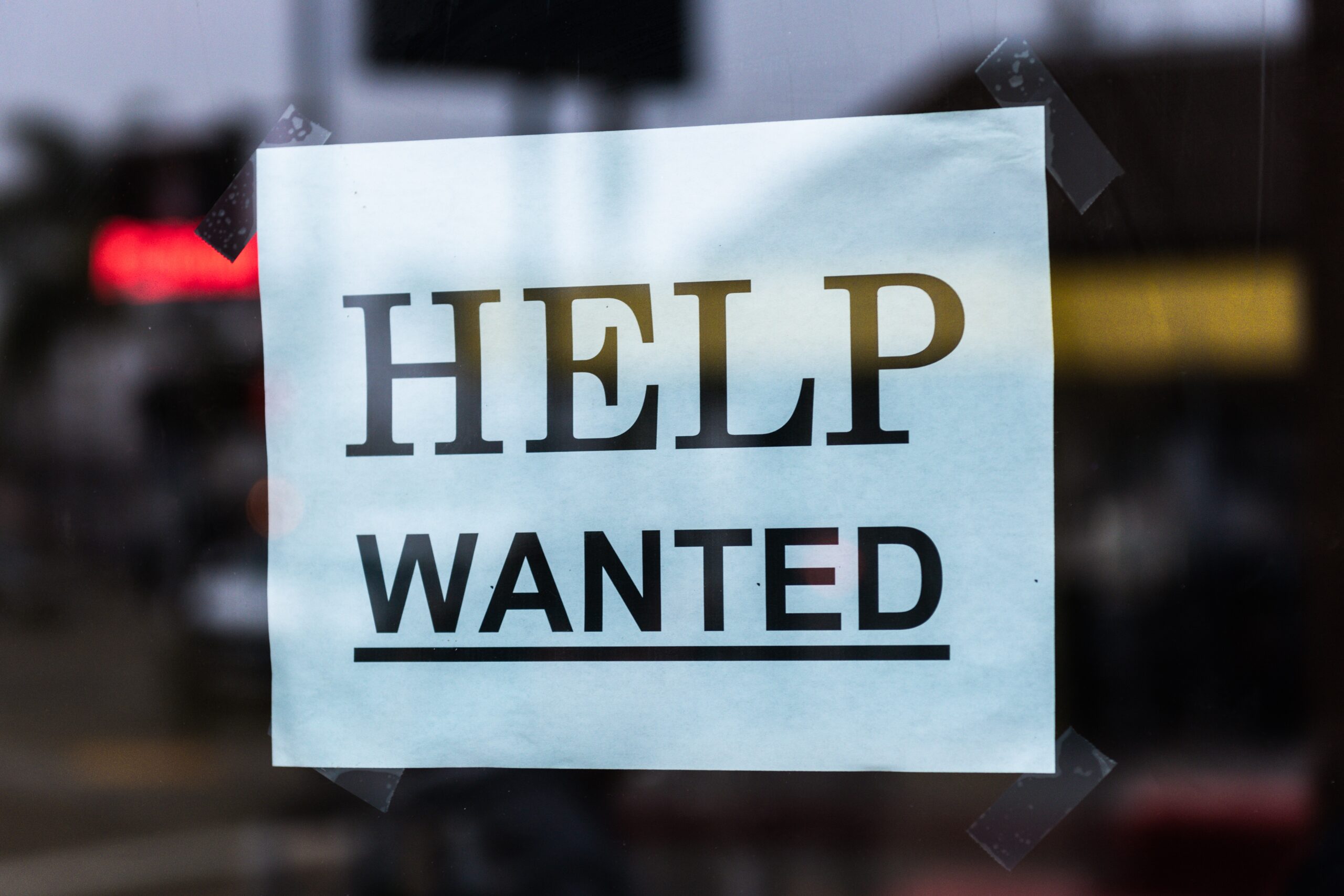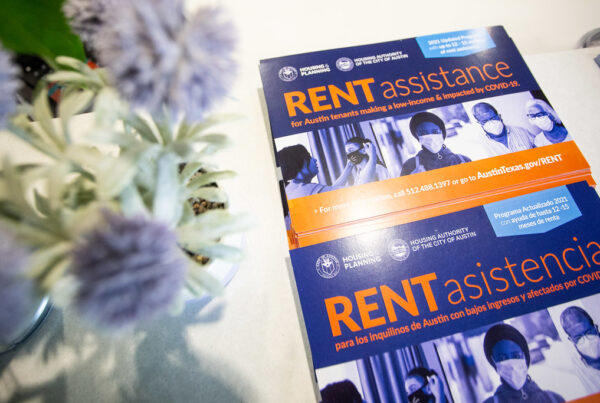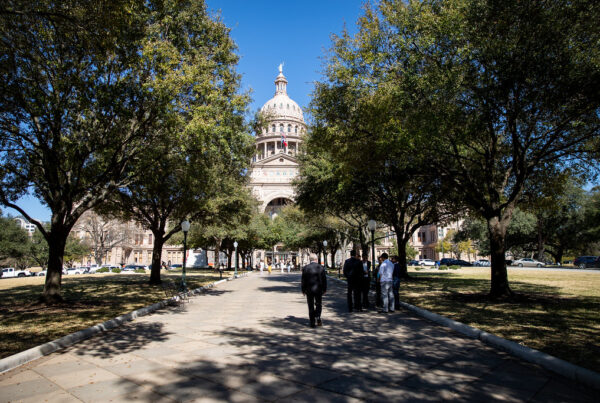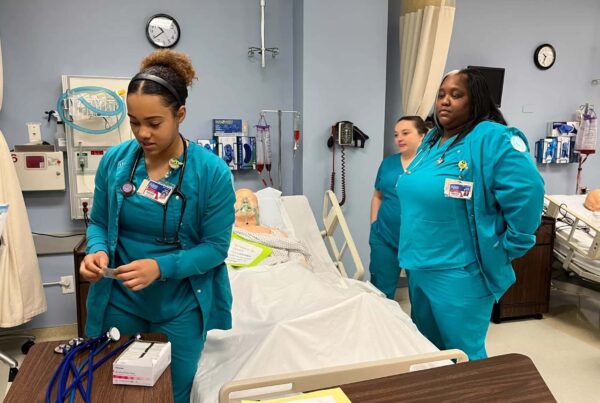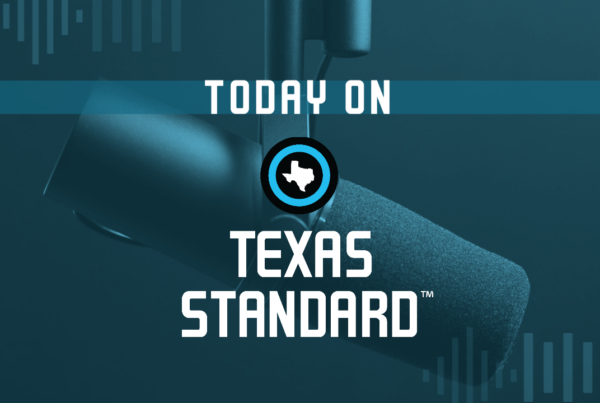From inside his office at a Midland startup accelerator, Angel Garcia highlights something important to know about the Permian Basin’s economy: “Everything drives off the oil.”
The latest data shows that in December alone, Midland County produced nearly 17 million barrels of oil, the most in the state by far. Oil and gas are so vital to Midland’s economy, jobs tied to the industry make up around a third of the entire workforce.
“We’re in the oil patch for sure,” adds Garcia.
All that oil production has given Midland an unemployment rate of 2.7%, the lowest in the Lone Star State according to new Texas Workforce Commission data.
Such a tight labor market is great for broader economic development, but can actually present a problem to employers. In January alone, Midland added 1,300 jobs.
Garcia is a partner with BAM Consulting, where he works with West Texas entrepreneurs, and he notes that, “the hiring pool is so small in the local area, you’re limited as to who you’re going to be able to hire.”
“Most of the time you’re having to settle just to fill the position,” he adds.
‘Dangerously low’ unemployment
Mick Normington is a labor economist and professor at Lee College and he says that an unemployment rate of 2.7% is, “honestly, dangerously low.”
Dangerous, according to Normington, because the unemployment rate is also a measure of how many people want a job – and if everybody who wants a job already has one, it shifts the balance of power between workers and employers.
“If you are less than 3% unemployment, that means the workers in your community have a lot of leverage to ask for a raise or for more benefits. The other side of the coin is the employers and the hiring managers are more desperate to get workers,” says Normington.
Currently, 21 counties have an unemployment rate lower than 3% and over the course of the past year, Texas has added 654,100 jobs statewide – the biggest gains being in the Dallas-Fort Worth area, Houston, and Austin-Round Rock.
Of the state’s 26 metro areas, seven have grown their workforces by more than 5% since last January, but none grew faster than Midland – 10.5%.
Normington says this puts public officials and economic planners in a bind: “Publicly, they are smiling and talking about how wonderful the economy is because their economy is booming. But privately, they’re gnashing their teeth.”
“They’re getting phone calls every day from business owners and hiring managers saying ‘we don’t have enough able-bodied people in this community to fill the open jobs,’” he adds.
In Normington’s view, the solution comes down to something familiar to Texans: migration.
For most of the 21st century, Midland saw consistent growth. According to U.S. Census data, the city’s population was 95,249. In 2019, that figure had ticked up to 146,222.
In the past few years, though, the city’s population has been on the decline. In 2021, the population shrank to 131,325.
“The big stress this year in Midland, Texas, is going to be for those officials to see what they can do to get more people to move to Midland because they’re not growing enough of their own workers,” says Normington.
More power to the workers
If there’s one clear beneficiary of Midland’s tight labor market, it’s workers who’ve gained more leverage by simply having more options in the job market.
Mick Normington presents the following hypothetical: “If you’re a worker in the Midland area, you’re probably going to the boss this month and saying, ‘Hey, boss, I need a raise or I need better benefits or I need more vacation time. And if you don’t give it to me, I’m going to walk across the street to another employer.’”
Rick Levy, president of the Texas AFL-CIO, which represents about half of all unionized workers in the state, says a tight labor market in Texas has helped people realize, “they don’t have to just be stuck in a job where they’re treated poorly and compensated poorly.”
Low unemployment can help workers get raises, more preferable schedules, and better conditions, but this is all happening at a time when in the broader economy, inflation is high and interest rates have been ticking up – developments that put a dent in peoples’ spending power.
“There’s still a lot of people who are living paycheck to paycheck. There’s a lot of people who can’t afford to send their kids to college,” adds Levy.


